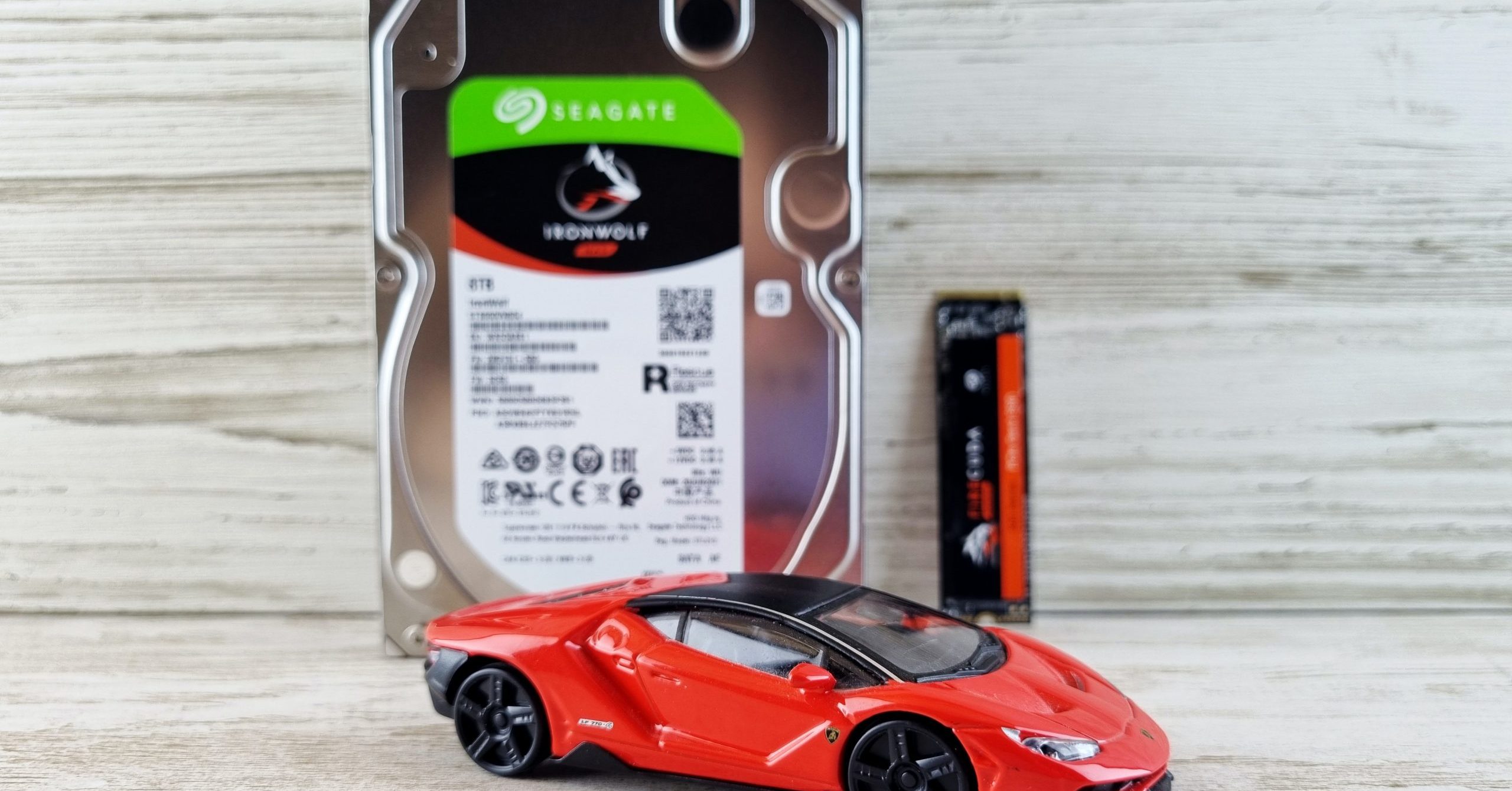In this article, we’ll break down what NIST 800-88 actually requires, why storage media of all types can defy expectations, and how verification services close the gap between intention and assurance.
Hybrid Drive Technology: Pros and Cons

By Will DeLisi, NAND Flash Recovery Specialist
What do you get when you combine a solid state drive with a traditional spinning hard drive?
It’s a hybrid drive, which may very well be the best of both worlds.
Solid state hybrid drives (SSHDs) combine a smaller, faster SSD with a larger, bigger capacity hard drive soldered together into one device that is controlled by the SSHD controller. An example of this is the Seagate SSHD.
Dual drive hybrid systems are made up of two separate drives, one SSD and one HDD, which are combined together to function as one drive. This system is controlled by the operating system (OS). A good example of this is the Apple Fusion Drive.
Teamwork Tendencies
Whether SSHD or dual drive hybrid system, such a device offers a great one-two punch for the user.
First, the smaller, faster SSD holds the operating system and runs the applications. Second, the slower but larger spinning hard drive acts as a much larger data storage unit.
Downsides
If either part of the hybrid drive stops working, the entire device fails.
Data recoveries, in general, tend to be more complicated for a hybrid system compared to either an individual SSD or HDD. Both the SSD and HDD are needed to have the best chance to complete a successful data recovery.
Long-term reliability is unknown, since these devices have not been in general circulation for more than a few years.
Upsides
A hybrid drive will run considerably faster than an HDD but slower than a pure SSD.
It will have more storage capacity than a pure SSD, but maybe not as much as some of the largest size HDDs on the market today.
Installation for an SSHD is essentially the same as for a single drive. Users will not need any special equipment or other technology on the system. The SSHD appears as a single drive to the operating system. A dual drive hybrid system takes more expertise, which we won’t go into here.
In the end, by combining the two drive types, you should see greater speed and larger capacity. In addition, you can gain a good balance of speed and capacity instead of having to choose one over the other.
Back Up, Back Up, Back Up
As always, just remember that all storage devices can and will fail. Be sure to have a good backup strategy for your hybrid system. Of course, if you don’t, DriveSavers can recover data from any brand or type of hybrid drive system—just be sure to send us both the SSD and HDD components if you lose data on a dual drive hybrid system.





